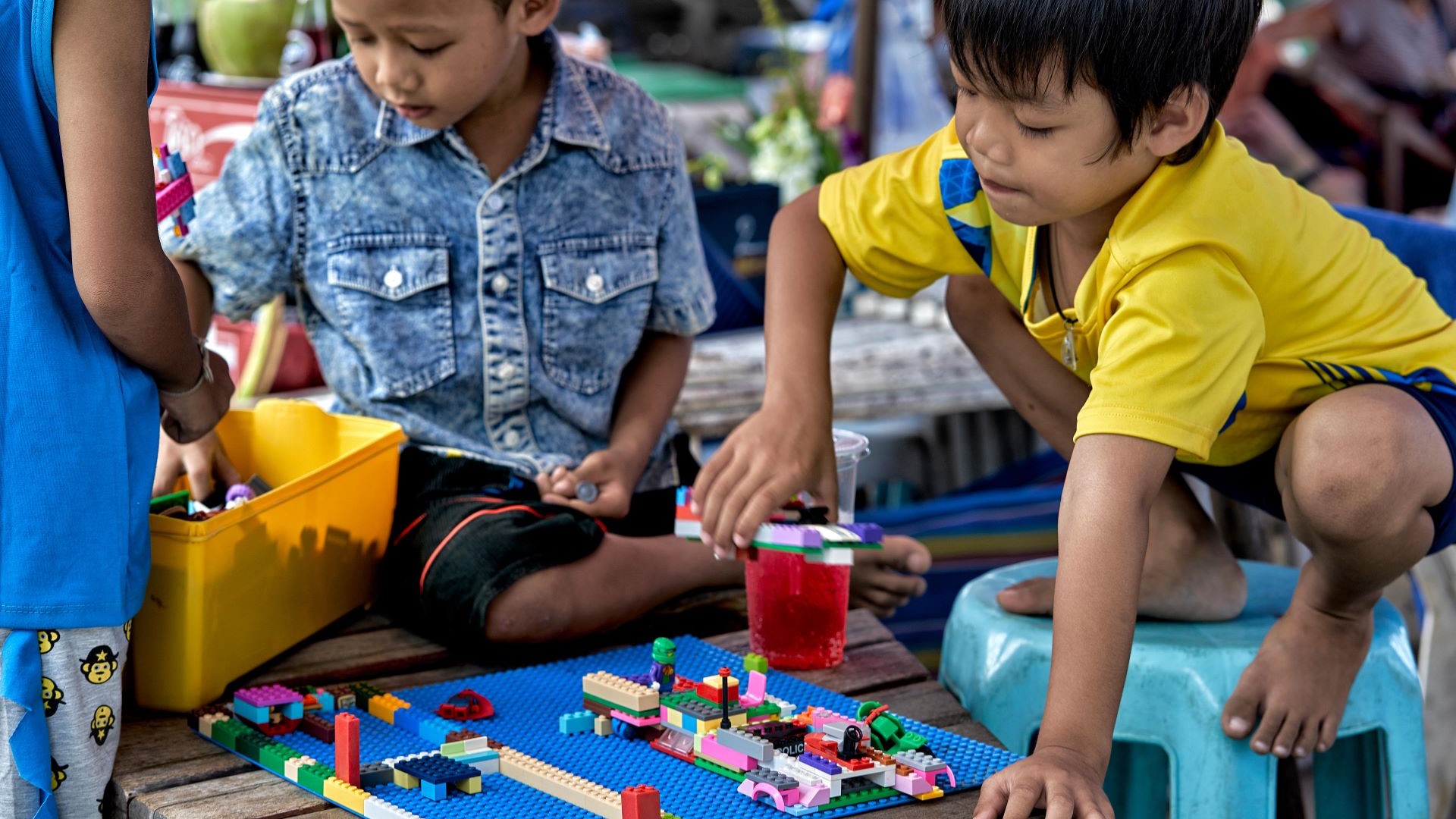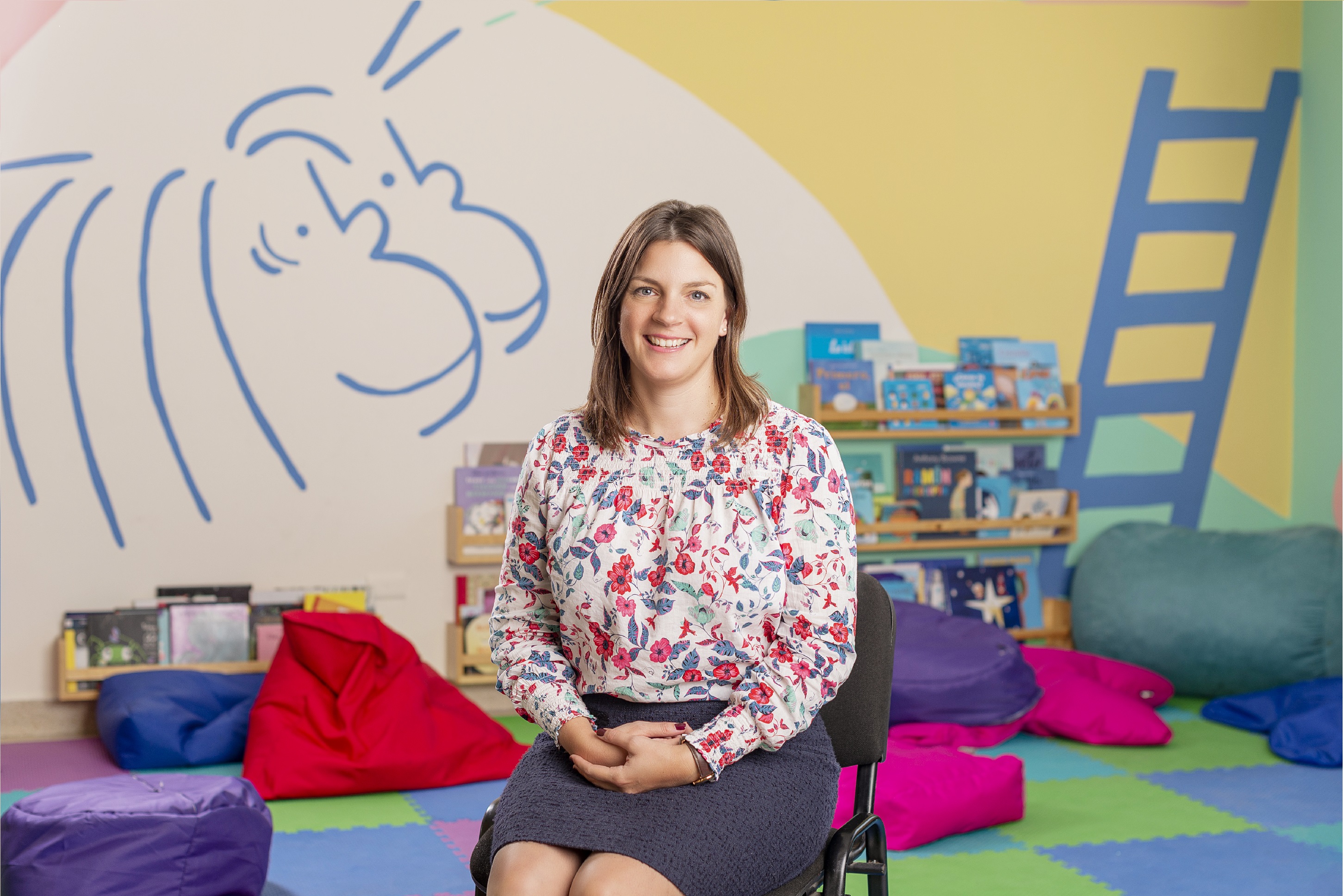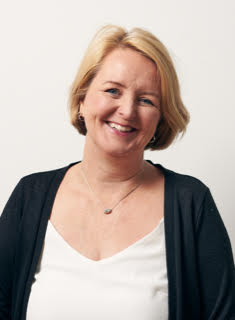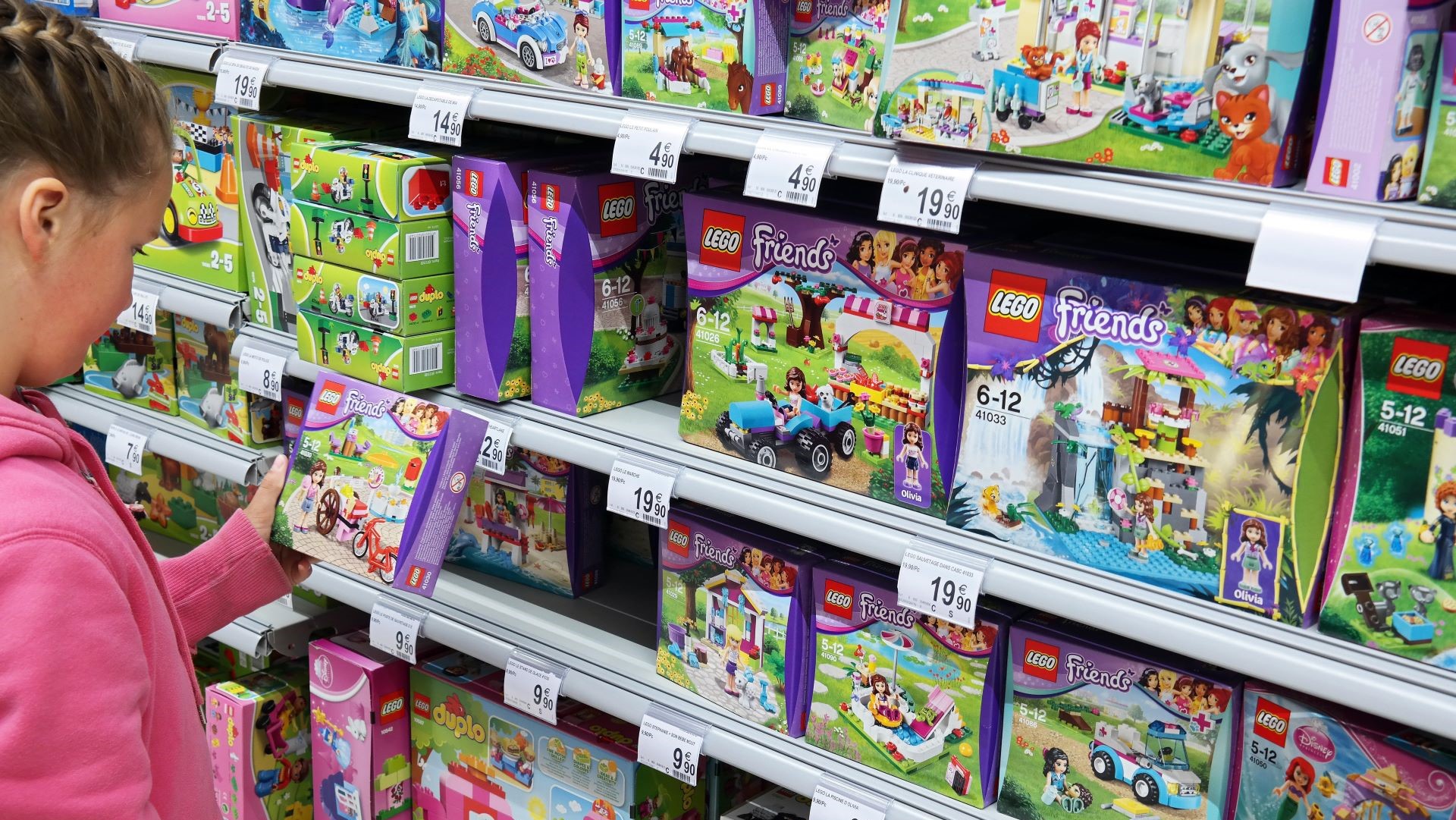When was LEGO invented? We share the story behind the iconic building bricks
When was LEGO invented is a popular Google question, so we share everything we know about the humble bricks

If you're wondering 'when was LEGO invented?' then hey, good news, you've landed on the right article. We dive deep to bring you the historical and interesting backstory of the humble building brick.
LEGO's simple and enduring magic has sparked creativity across generations of children, building itself brick by brick into the playrooms of millions of kids worldwide.
Still one of the best toys of 2024, it remains a timeless activity that even parents who hate playing with their kids can enjoy. However, you will need a storage solution to hold all those hundreds of tiny bricks.
Not only is it fun, but Lego can be great for development. Clinical psychologist Dr. Gina Gómez de la Cuesta, founder of Play Included told GoodtoKnow, "Our research has found that LEGO play can be a really fun way to support children's speech and language and social development. Not only are LEGO bricks familiar, which can help to reduce anxiety, but the predictable, systematic construction can be motivating for children."
Here we dive into the history of the famous bricks, looking at how LEGO evolved from a simple wooden block to the multi-franchise operation it is today. Plus, more ideas for building creativity into play.

Dr. Gina Gómez de la Cuesta is a Clinical psychologist, co-author of the LEGO-based Therapy Manual, and Founder of Play Included. Play Included® is the leading training provider and creator of the Brick-by-Brick® programme, the only course of its kind to be endorsed by the LEGO Foundation.
When was LEGO invented?
LEGO was invented in 1932 by a carpenter called Ole Kirk Christiansen. He began making wooden toys for children in his workshop in Billund, Denmark. He called his company "LEGO," which comes from the Danish phrase "leg godt," meaning "play well," marking the moment when the iconic brand, LEGO, was founded.
The origin of LEGO?
The origin of LEGO as we know it today can be traced back to when LEGO began producing plastic toys, shifting away from wooden ones. One of their first plastic toys was a duck. In 1949, LEGO introduced its now famous interlocking brick system. It allowed children to connect bricks quickly and build more complex structures than earlier wooden toys. In 1958, the now-renowned stud-and-tube coupling system was patented, which helped LEGO bricks connect. This basic but effective design is still used in LEGO bricks today, marking a pivotal evolution in the origin of LEGO.
GoodtoKnow Newsletter
Parenting advice, hot topics, best buys and family finance tips delivered straight to your inbox.
By the 1950s and 1960s, LEGO bricks were being exported to Europe and North America. In 1978, the first LEGO figures came into being, allowing children to create whole universes for storytelling and play.
LEGO remains one of the most popular and iconic toy brands in the world, and it even has movies and video games as part of its offering. They continue to innovate and invent, even creating braille LEGO bricks for children with visual impairments to play with.
"When my son Louie was 5, all he wanted for his birthday was LEGO," says mum Fran. "I'll never forget his excitement opening his first City set. He would disappear into his room, coming out later to show us his latest original creation. I loved watching Louie develop focus and creativity through his LEGO passion. Now a ten-ager, he has loads of other interests, but LEGO will always have a special place in our house. In fact, I'm sad I don't get to play it much anymore!"
When was LEGO first sold in the UK?
Since arriving in London toy shops in 1959, LEGO has captured the imaginations of millions of British kids and remains as popular as ever today. British kids embraced the creative potential of the colourful bricks, leading to LEGO’s first UK office opening in 1973 to handle local distribution.
LEGO’s popularity in the UK only grew in the decades that followed. New brick sets allowed children to build everything from castles to spaceships. Beloved characters, like the LEGO minifigures introduced in 1978, added role-play possibilities, too, allowing children to create their own worlds and situations.
"LEGO bricks provide a common interest for children to share together," says Dr. Gina Gómez de la Cuesta, "Most importantly, many children enjoy playing with LEGO bricks!"
LEGO remains hugely popular today, with British LEGO conventions, niche hobbyists, and even LEGO-themed amusement parks. British kids have a staggering array of LEGO sets to choose from and build, with elaborate movie tie-ins, robotics, and more. While toys come and go, LEGO remains one of the most cherished. Passed on between generations, LEGO bricks still promise hours of hands-on play.
"Adults have fond memories of playing with Lego in their own childhoods," says Dr. Amanda Gummer, a research psychologist who is passionate about children's play. "This nostalgic connection often leads to parents and grandparents sharing the joy of LEGO play with their own children, creating a multi-generational bond."
LEGO also has a legion of celebrity fans, including Ed Sheeran, who has been so inspired by the toy that he wrote a song about - the hit Lego House!

Amanda is a research psychologist, passionate about children’s play. She is the CEO of the research consultancy Fundamentally Children and Dr Gummer’s Good Play Guide - a consumer-facing review site for children’s toys, apps, learning and baby products. She is the independent chair of the Association of Play Industries, is an NED for Families in Focus CIC, and is on the advisory board of a small number of mission-led startups.
A photo posted by on
What was LEGO originally called? And what is it short for?
Danish carpenter Ole Kirk Christiansen began crafting wooden playthings for children in his workshop in Billund. His company was initially called “LEGO Mursten,” which translates to “LEGO Bricks” in Danish.
The LEGO part of the name comes from the Danish phrase “leg godt,” meaning “play well.” Christiansen wanted a name that described the creativity and imagination unleashed through play.
By shortening “leg godt” to “LEGO,” the brand name was catchy, memorable, and worked internationally. The name proved perfect as LEGO later shifted to the colourful plastic bricks that children all over the world loved to play with. This simple but brilliant name choice kickstarted one of today's most beloved and recognisable toy brands.
"Lego provides children with endless possibilities for creative expression," says Dr. Amanda Gummer. "Its modular design allows for open-ended play, enabling children to build and rebuild structures, vehicles, and entire worlds, fostering imagination and problem-solving skills."
LEGO toy franchises
LEGO bricks have also brought kids' favourite movies, comics, and characters to life. "Lego's commitment to quality and innovation has allowed the brand to evolve with the times. From classic brick sets to themed kits tied to popular franchises, Lego continues to capture the interests of new generations," says Dr. Amanda Gummer.
Here’s a look at some of LEGO’s most beloved toy franchises that have kept kids engaged for decades.
LEGO Star Wars
Since 1999, LEGO Star Wars has allowed even the youngest Jedi knights to recreate scenes from a galaxy far, far away. Kids can build the Millennium Falcon, Darth Vader’s TIE fighter, and more from the famous film franchise.
LEGO Marvel
Launched in 2012 and coinciding with the release of the first Avengers movie, LEGO Marvel playsets allowed superhero fanatics to unite their favourite comic characters like Spiderman, Iron Man, Black Panther and Captain Marvel, recreating famous movie scenes. LEGO also started to collaborate with Marvel to create mini-movies, TV specials and video games featuring the iconic heroes in brick form. It was a clever move by LEGO to appeal to Marvel fans and children alike, many of whom were too young to see the original films themselves.
LEGO Friends
LEGO Friends, introduced in 2012, was an effort by LEGO to appeal to more girls. The play sets centre around five girls living in the fictional Heartlake City. Olivia, Emma, Stephanie, Andrea and Mia look different from standard LEGO figures, and their sets focus less on pre-made structures and more on creative, open-ended play. New themed sub-sets are frequently added around pop stars, holidays, animals and adventures.

So let your young Padawan, web-slinging superhero, or Heartlake buddy dive into the LEGO universe. With endless franchise-inspired sets, the only limit is their imagination.
Learn more about creative, open-ended play, including 50 easy crafts for kids, birthday gifts that encourage imaginative play and tips on how to make your own play dough at home. For LEGO fanatics, check out the most expensive LEGO set in the world!
Joanne Lewsley is mum to a tween, and freelance copywriter and editor who creates parenting, health and lifestyle content for evidence-based websites, including BabyCentre, Live Science, Medical News Today and more.


